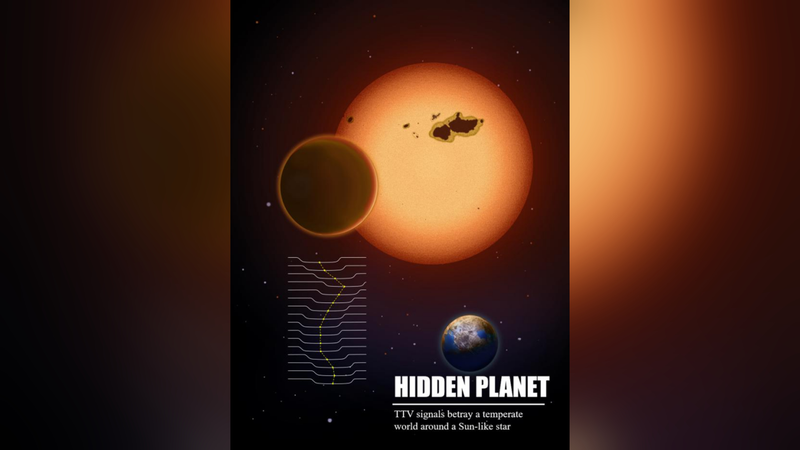Hey space fans! 🌟 A groundbreaking discovery has rocked the world of astronomy – scientists have detected a new Earth-like exoplanet, Kepler-725c, in the habitable zone of a sun-like star.
A talented team of Chinese and German researchers, including Sun Leilei from the Yunnan Observatories of the Chinese Academy of Sciences, used an innovative method called Transit Timing Variation (TTV). Instead of the usual visible transits or radial velocity signals, they analyzed the timing irregularities of a nearby gas giant, Kepler-725b, to reveal the hidden planet's mass (about 10 times that of Earth) and its orbital path.
Kepler-725c orbits its star every 207.5 days – roughly two-thirds of an Earth year – locating it in a zone where conditions might allow liquid water to exist, one of the key ingredients for life. Imagine the thrill of finding a spot in the cosmos that could potentially support life just like our own planet! 🌍✨
At approximately 2,472 light-years away, the star system of Kepler-725 is very similar to our sun, making this discovery a promising clue for the ongoing search for life beyond our solar system. While further research is needed to confirm if this planet can fully support Earth-like conditions, the use of the TTV technique is a major step forward in exploring the mysteries of space.
Stay tuned for more out-of-this-world updates as innovative methods continue to push the boundaries of our cosmic understanding!
Reference(s):
New Earth-sized planet detected in habitable zone with novel method
cgtn.com




